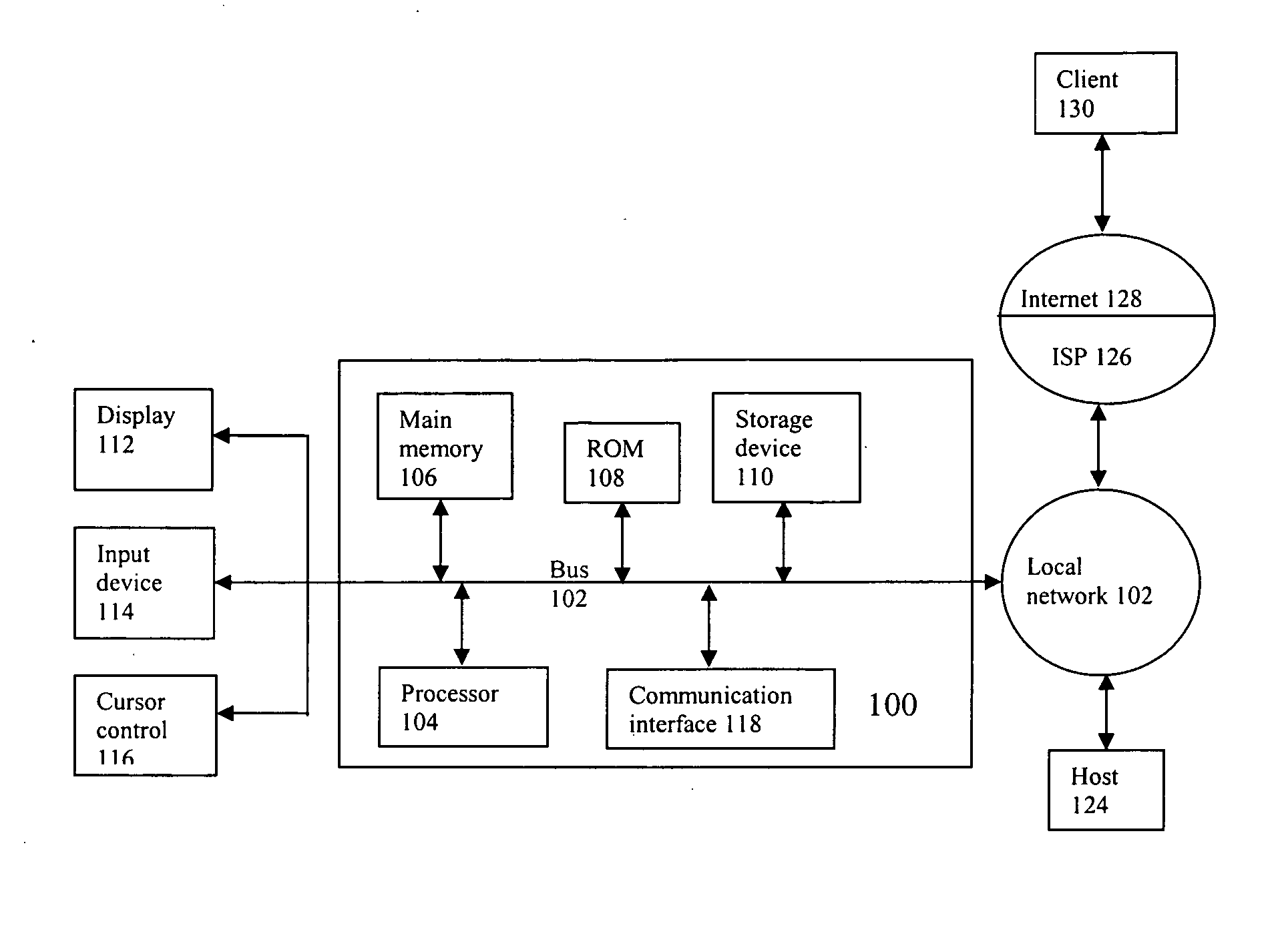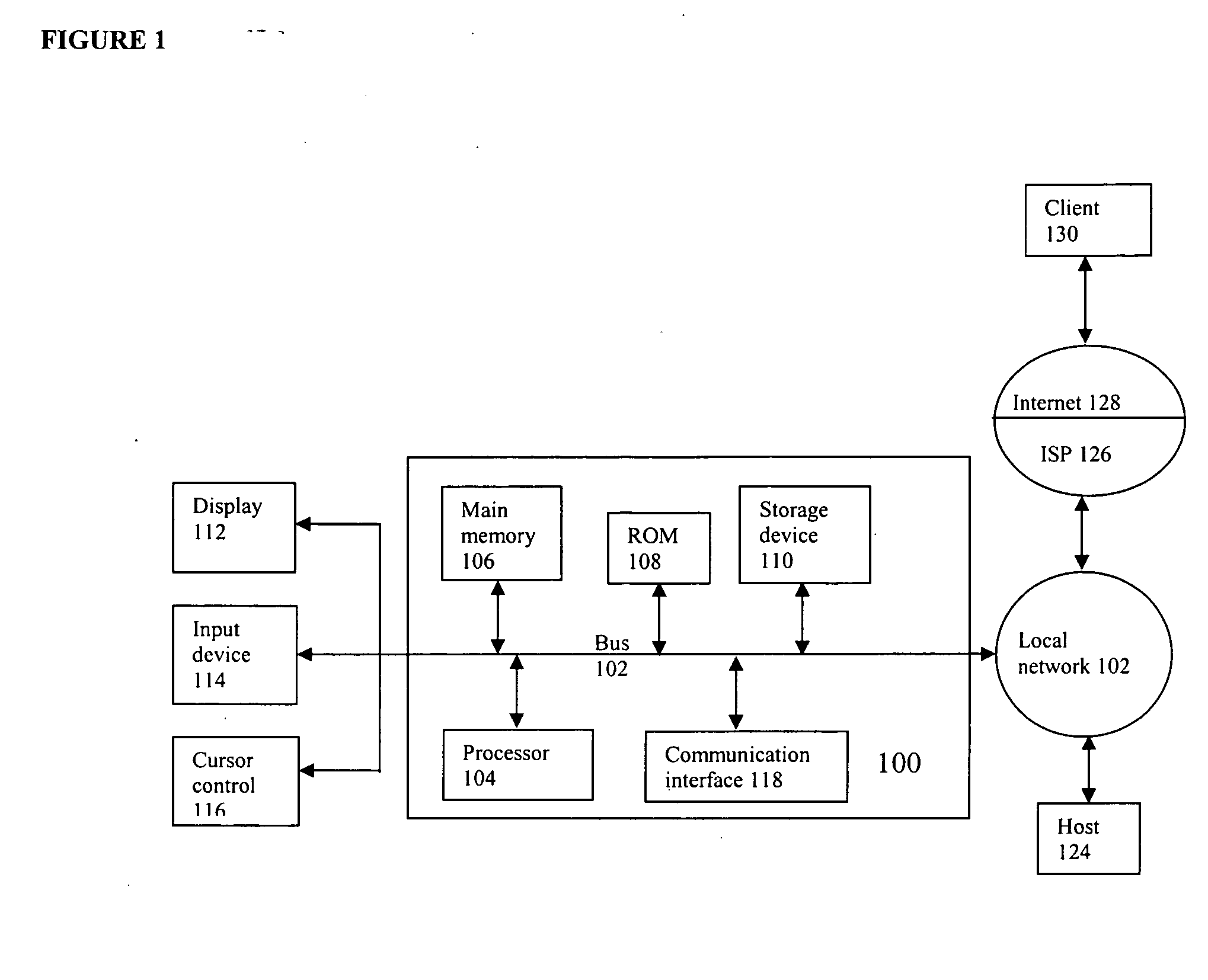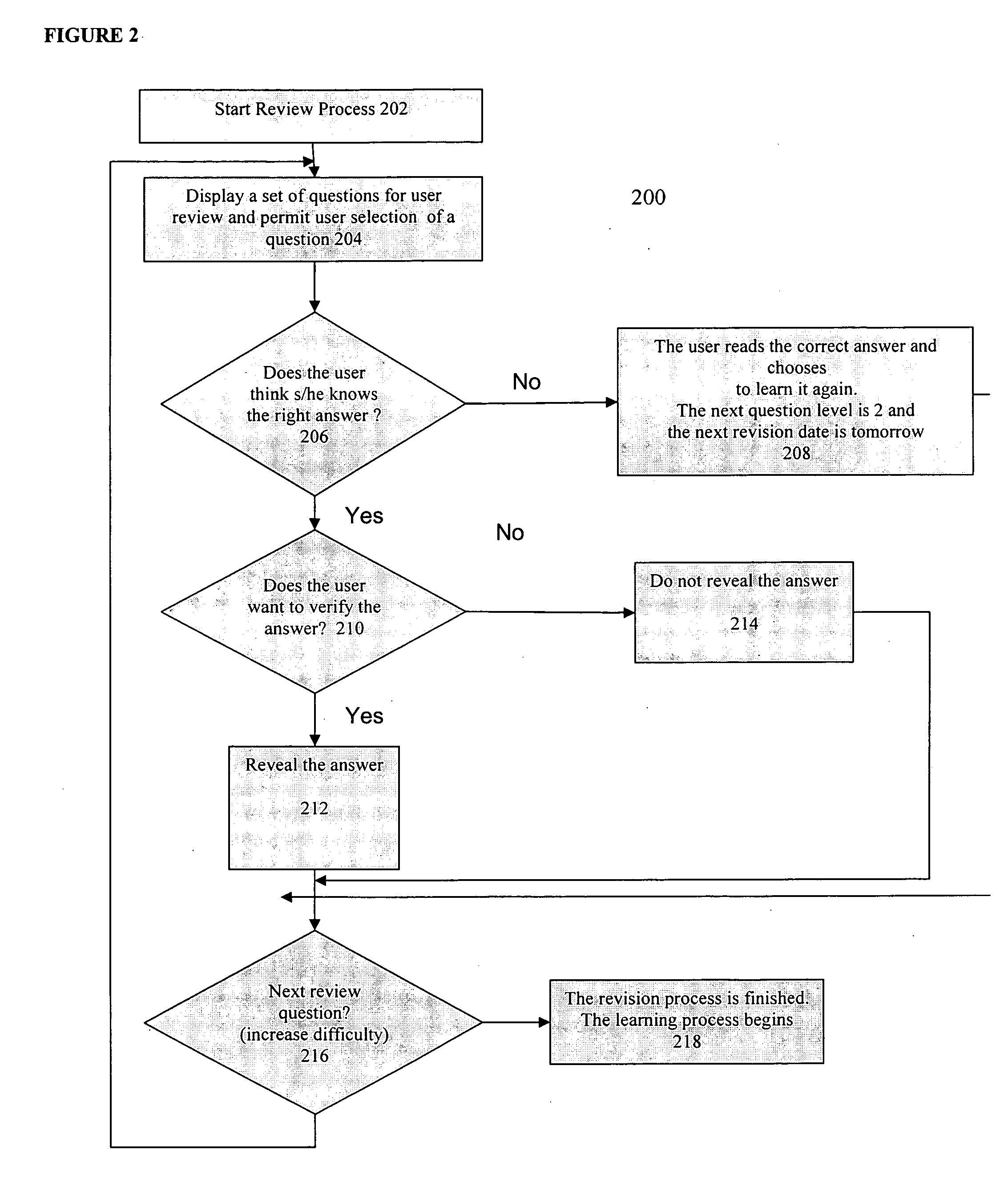Method for establishing knowledge in long-term memory
a long-term memory and knowledge technology, applied in the field of learning and recognition, can solve the problems of system lack of art, system does not respond to individual's unique performance, and the general optimization of repetition sequences of computer software and utilities,
- Summary
- Abstract
- Description
- Claims
- Application Information
AI Technical Summary
Benefits of technology
Problems solved by technology
Method used
Image
Examples
Embodiment Construction
[0025] Described herein are examples of systems for learning and recognition, specifically systems for facilitating knowledge transfer so as to establish desired knowledge in a user's long term memory and allow for knowledge transfer among multiple users. The present invention is based on the concept of a tool to assist a user in knowledge management. This assistance is provided by a structured and dynamic knowledge base that includes knowledge to be maintained, a method for creating a plan for learning and memorizing that knowledge, and the ultimate questions the user would like to be able to answer based on the knowledge contained within the knowledge base.
[0026] Before describing the present invention in detail, however, it should be recognized that the embodiments described below and with reference to the accompanying figures are meant to serve merely as examples and should not be read as limiting the broader scope of the invention as reflected in the claims set forth at the en...
PUM
 Login to View More
Login to View More Abstract
Description
Claims
Application Information
 Login to View More
Login to View More - R&D
- Intellectual Property
- Life Sciences
- Materials
- Tech Scout
- Unparalleled Data Quality
- Higher Quality Content
- 60% Fewer Hallucinations
Browse by: Latest US Patents, China's latest patents, Technical Efficacy Thesaurus, Application Domain, Technology Topic, Popular Technical Reports.
© 2025 PatSnap. All rights reserved.Legal|Privacy policy|Modern Slavery Act Transparency Statement|Sitemap|About US| Contact US: help@patsnap.com



